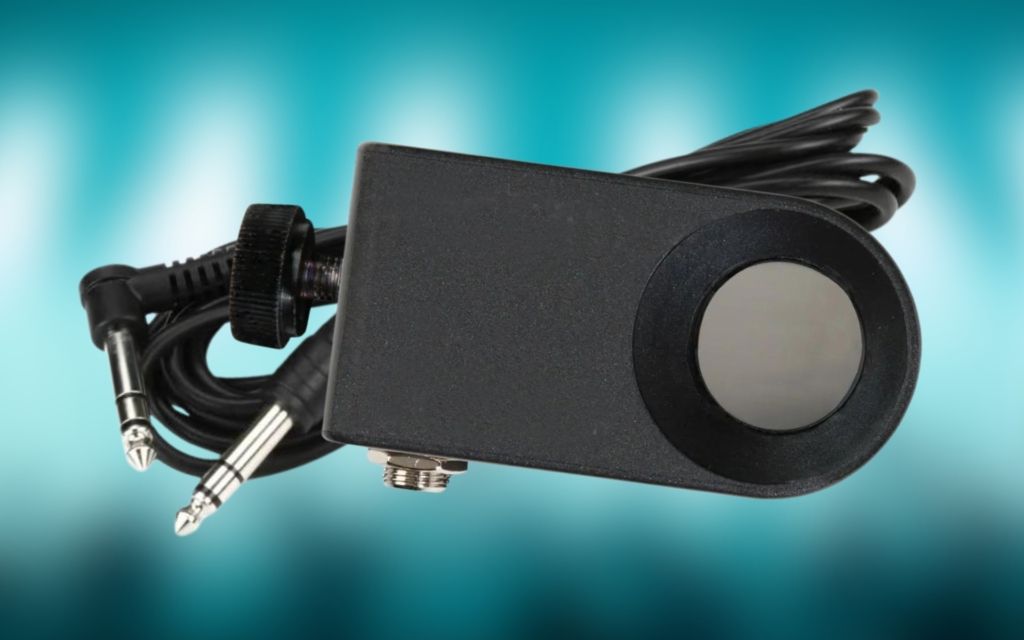Playing ‘in the pocket’ is something that most drummers have heard of. Whether you’re playing in a band or watching videos online, you’ll come across this term very often. Pocket drumming is something that every drummer should strive for.
Drumming in the pocket is a highly attractive quality and will make you desirable as a musician. So, we’re going to look through everything pocket drumming entails, including what it actually means.
Contents
What is Pocket Drumming?
Drumming in the pocket basically means what you’re playing sounds good. It fits exactly what everyone’s ears are looking for, whether they know it or not. Think of how your cellphone sits nicely in your pocket. Your drumming should fit comfortably and snug like that.
There are a few definitions of pocket drumming and pocket grooves, but the main consensus is that a pocket drummer will have a great sense of time, musicality, and feel.
A good pocket drummer can feel the rhythm and flow of music and effortlessly keep a song moving forward. Importantly, serving the music is the primary step to making this happen.
Time
Time refers to how well a drummer maintains a steady beat. To have a good sense of time, you need to be tightly locked in with the pulse of a song. You also need to be able to stray a bit from that steady pulse without ever losing it.
A good sense of timing is one of the most important aspects of drumming. It’s also vitally important for drumming in the pocket. If you have a bad sense of time on the drums, other musicians will struggle to play with you as you’re not laying a solid foundation for them to hold onto.
Musicality
Musicality refers to the choices a drummer makes when they’re playing. When drumming in the pocket, a drummer will make the best choices that will lead the groove or fill to sound as good as it can.
The more musical a drummer is, the better they are at making good choices in split-second moments. Playing one extra ghost note in a groove has the potential to elevate it drastically in terms of sound, and a musical pocket drummer knows exactly how to do that.
Drummers who exhibit wonderful senses of musicality are often very good listeners. They know what a song needs, and they provide that in their drumming.
If you want to improve your musicality on the drums, you should listen to as much music as you possibly can.
Feel

The final aspect of pocket drumming is feel. This refers to how the drummer plays. You can take two drummers and put them next to each other to play the exact same groove. They’ll both sound very different from each other most times.
This is because every established drummer has a unique sense of feel on the drums. Drummers who are great in the pocket always have immaculate feel that sounds incredible when they play.
One drummer could play very subtle ghost notes in a groove to make it busier. Another drummer could play the same thing, but it won’t sound as good if their ghost notes are too loud. The first drummer would have a better sense of feel in that situation.
How to Practice Pocket Drumming
While it may seem like many drummers are gifted with natural feel and timing behind the kit, there are a few ways you can practice improving your pocket. Every famous pocket drummer has years of work and commitment behind their playing.
Use a Metronome
The best way to practice improving your pocket is to improve your timing. You can do this with the use of a metronome, the most crucial tool for every drummer. If you meticulously play drums along with a metronome, you’ll start to naturally feel time better when you aren’t playing with one.
A good way to keep things interesting is to change up the subdivisions that the metronome is clicking in. If you play a basic 8th note beat, try changing the metronome to click in 16th notes. It will sound like you’re playing along with a shaker, and that often helps drummers solidify their timing.
There are several interesting ways to practice with a metronome. Mentioning them all would need a whole other article. So, just be sure to use a metronome when you’re working on your grooves and fills. You’ll improve your pocket that way.
Practice Your Grooves
Grooves are what most people associate pocket drumming with. If you can lay down a solid groove that sounds great and feels good, you’ll be deep in the pocket. The best way to improve the sound of your grooves is to work on your feel behind the kit. How you play the drums is very important in achieving that pocket.
Let’s take the following groove for example:

If you were to play this pocket drumming groove with no dynamic contrast, it wouldn’t sound too deep in the pocket.

If you change a few of the snare notes to ghost notes and accent all the downbeats on the hi-hats, you get a groove that sounds a lot more intentional. Change the snares on the backbeat to rimshots and you have yourself a powerful pocket groove.
Maintain the Backbeat in Fills
Fills can be thought about the same way as grooves to achieve the pocket feel. However, one of the best ways to keep the pocket is to maintain the backbeat throughout the fill. That basically means that the snare drum should be played on beats 2 and 4 in the fill, the same way it gets played in the groove beforehand.
Here are a few examples:

In this fill, the backbeat is very clearly maintained on beats 2 and 4. You’ll find that it easily fits in with any groove, making it a great pocket fill.

This fill has a similar structure, except it makes use of the open space in a bar for a powerful hesitation effect.

The last fill here is quite busy as it uses a bursting effect at the beginning of the bar. The backbeat still stays there, although cleverly hidden.
Relax and Feel the Groove
You will struggle as a pocket drummer if you are stiff and unrelaxed. To feel the groove of the music, you have to immerse yourself into the song and become a part of it.
After all, pocket drumming can be described as a feeling more than anything.
Another common theme of being a pocket drummer is serving the music, rather than overplaying. So enjoy yourself while playing what the song requires and really feel the groove.
Famous Pocket Drummers
The best way to understand the concept of pocket drumming is to watch drummers play who are famous for it. While there are many, a few drummers always come to mind when the term ‘pocket’ is thrown around. So, here are a few drummers that you need to check out.
Steve Jordan
You’re going to undoubtedly hear Steve Jordan’s name every time drummers talk about groove and feel. He’s a prime example of how someone can play a beat and make it sound incredibly good, even though it’s fairly simple.
He’s had an illustrious career, playing for many popular artists. He’s been a main stand-in drummer with John Mayer and he even covered for Charlie Watts with the Rolling stones. The best thing about Steve Jordan’s drumming is how calm and collected he always looks.
If you want to see exactly what pocket drumming looks like, just watch this video.
Nate Smith
Nate Smith is very similar to Steve Jordan except he has a more modern and jazzy approach. While he can lay down solid rock grooves with ease, you’ll see him mostly performing with jazz, funk, and fusion groups.
Nate has a drums-only album called ‘Pocket Change’ that perfectly shows just how much of a pocket drummer he is. Most people will get bored of listening to drums only for an extended time. However, you could most likely listen to a drummer playing in the pocket all day. That’s what that album is.
Here’s one of the tracks from the ‘Pocket Change’ album.
Benny Greb
Benny Greb is often referred to as a groove master. He has such a mastery over time, feel, and musicality. Those are the 3 things we spoke about above, so you can see how far those aspects can go when watching Benny play.
While he’s an amazing performer, Benny is also a fantastic drum teacher. You can learn a lot from him and his lessons about grooving and pocket. If you’re looking for elaborate lessons to teach you about pocket and performing with ease on the drums, Benny’s educational resources are great tools.
He has quite a few philosophies about groove which you can clearly see in his playing.
Check out this masterpiece.
Chad Smith
While the previous 3 drummers are smooth groovers, Chad Smith has quite an aggressive playing style. Even though he plays hard and fast with the Red Hot Chili Peppers, he still manages to stay deep in the pocket.
He’s a great example of how rock drummers can also be pocket drummers.
Final Thoughts
It’s important to know that there’s no end to getting a deeper pocket when drumming. Even the top drummers in the world are constantly working on improving their feel.
So, you shouldn’t let the fact there are insanely good drummers out there discourage you. We’re all constantly working to get better, no matter what our skill level is.
At the end of the day, you need to improve your feel, musicality, and timing if you want to be a pocket drummer. You can do that by listening to music, practicing with a metronome, and focusing on your drum sound.
And remember, a good pocket drummer knows how to serve the song and the music rather than stealing the show. Pocket drumming is all about feeling the music.









